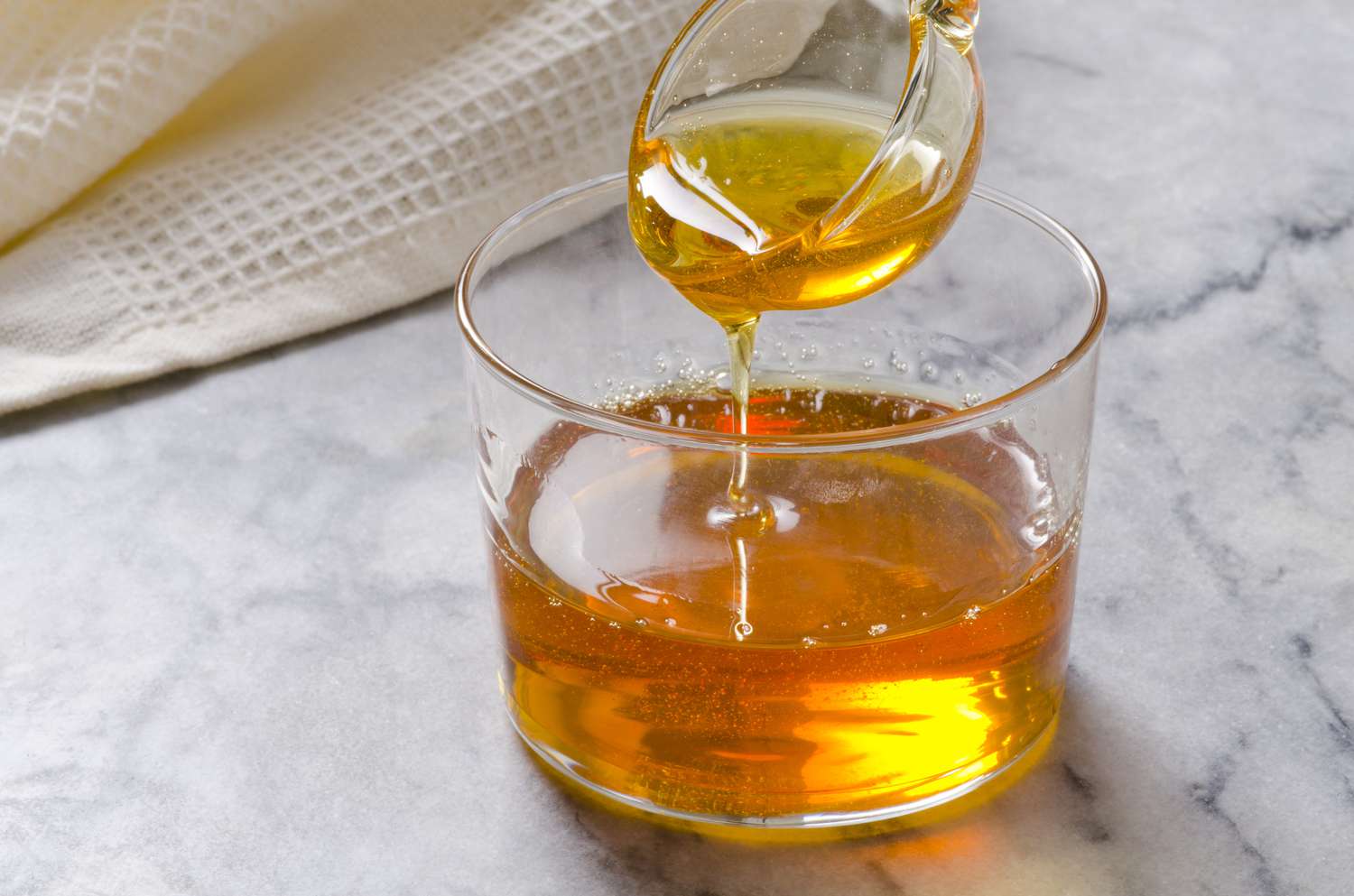An Essential Parents’ Guide to Understanding Agave Sugar Ratio
Welcome, awesome parents, to your new trusty guide about the agave sugar ratio! This will be an exciting and enlightening exploration for all of us. We’re here to help you make informed decisions about sweeteners and how they can impact your family’s health and happiness. So buckle-up, we’re about to embark on an exciting, sweet culinary adventure!
What Is Agave?
First things first, let’s establish what agave is. Agave (ah-GAH-vey) is a plant native to the southern regions of the Americas. It’s best known for its strong fibers and as the source of tequila, but did you know it is also used to produce a natural sweetener known as agave syrup or agave nectar? This syrup has been gaining popularity as a “natural” alternative to refined sugars and artificial sweeteners. But is it really as good as it sounds? Let’s delve in!
Understanding Agave Sugar Ratio
When it comes to understanding agave, the critical aspect to look at is – you guessed it – the agave sugar ratio. This refers to the amount of sugars in agave syrup, specifically the ratio of fructose to glucose. Now, don’t let the science words get you down, friends. In simple words, it means the comparison of two types of sugar in the agave syrup.
Why does it matter?
You might ask, ‘Why does this ratio matter to me?’ Truth is, different sugars affect our bodies in different ways. So, being mindful of the types of sugars we consume can do wonders for maintaining a balanced diet. Now, that’s a sweet deal! Don’t worry, we’ll further explain this concept in our guide in a fun and stress-free way for happy, healthy, and informed parenting.
The Agave Sugar Surprise
Ready for a surprise? While agave syrup might look pure and natural, it actually contains more fructose than any other common sweetener, even more than high-fructose corn syrup! Now, that’s a plot twist! However, before you decide to completely ditch agave syrup, let’s dive deep into the details and consider all factors, just like what parents do best!
This guide is prepared to navigate this fascinating agave sugar maze with amazing parents like you. The journey has just begun, so stay tuned as we continue to unravel the mysteries of the agave sugar ratio and discover how we can use this knowledge to sweeten our family’s life in a healthier way!

So, Is Agave Better Than Sugar?
On your journey toward healthier choices for your family, you might wonder if agave is indeed a better option than regular sugar. It’s indeed more natural and has a slightly lower glycemic index (which means it impacts blood sugar levels less), but its high fructose content is something to take into consideration. The high fructose content can potentially cause metabolic issues when consumed in large quantities. So, like all sweet treats, moderation is key!
Agave in Your Kitchen
Agave syrup is a versatile sweetener that you can confidently use in your kitchen. It’s 1.5 times sweeter than sugar, which means you can use less to achieve the same sweetness. Yay for cost savings! When replacing sugar with agave in recipes, a good general rule is to use 2/3 cup of agave for every cup of sugar and reduce other liquids in the recipe by about one-fourth.
How to Choose the Right Agave Syrup
Not all agave syrups are created equal, fabulous parents. When shopping, make sure to choose an agave syrup that’s labelled as 100% pure agave. Some brands mix agave with other sweeteners which can alter the sugar ratio.
Conclusion
And there you have it, a simplified guide to understanding the agave sugar ratio. At the end of the day, it’s all about making informed decisions for your family’s health and happiness. When you can incorporate natural sweeteners like agave in moderation, you make a giant leap towards a healthier and sweeter lifestyle. Remember, you are doing an incredible job, amazing parents! Here’s to making informed choices and raising happy, healthy kiddos.
Understanding Agave Sugar Ratio for Parents: Top 5 Essential Things
1. Agave and the Sweetness Ratio
Firstly, parents should understand that agave syrup is significantly sweeter than regular sugar. The agave to sugar ratio is commonly 2/3. Therefore, for every cup of sugar a recipe requires, only 2/3 cup of agave syrup should be used. It’s all because agave syrup is sweeter than sugar!
2. Agave’s Low Glycemic Index
Agave nectar has a lower glycemic index compared to sugar. This means it leads to a slower rise in blood sugar levels, assisting in maintaining consistent energy levels, which is particularly beneficial for children’s dietary needs.
3. Nutritional Value Difference
It’s essential for parents to know that while agave syrup is a healthier alternative to sugar, it does not contribute significantly to your child’s daily nutritional needs. This syrup does contain trace amounts of minerals such as calcium, potassium, and magnesium, but it does not contain enough to make a notable difference.
4. Adjusting Baking Recipes
When substituting agave for sugar in baking, keep in mind that other recipe adjustments may be necessary. Decrease the amount of other liquids in the recipe by about one-third to maintain the consistency. You should also slightly reduce your oven temperature as agave tends to brown faster than sugar.
5. Use it Moderately
While agave syrup is a healthier alternative to sugar, it should still be used with moderation. Just like any other natural sweetener, excessive consumption can lead to weight gain and other health issues. It is essential to cultivate healthy eating habits in children from an early age.
Remember, balancing the agave sugar ratio in your kids’ diet provides a healthier, natural substitute to refined sugars. Yet, as with everything, maintaining a balance is crucial for overall well-being.
For more great articles please see here. For more information see here
Disclaimer
The articles available via our website provide general information only and we strongly urge readers to exercise caution and conduct their own thorough research and fact-checking. The information presented should not be taken as absolute truth, and, to the maximum extent permitted by law, we will not be held liable for any inaccuracies or errors in the content. It is essential for individuals to independently verify and validate the information before making any decisions or taking any actions based on the articles.




